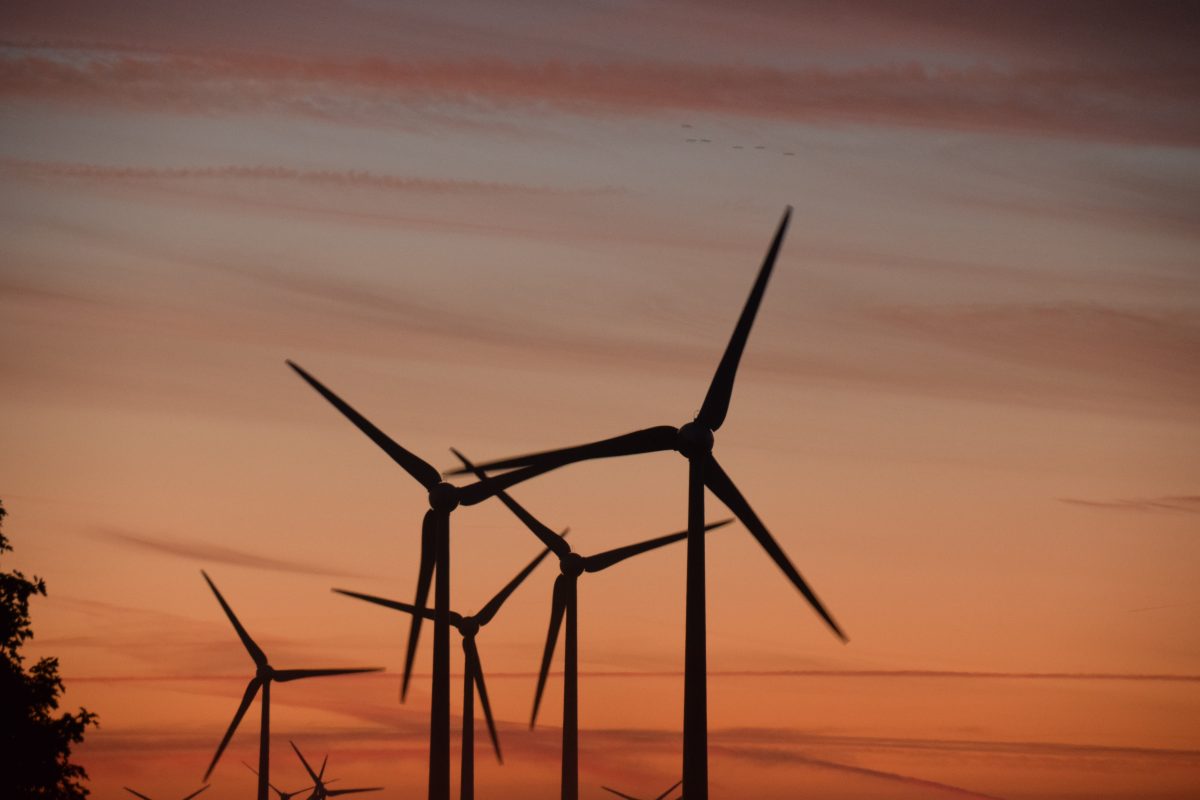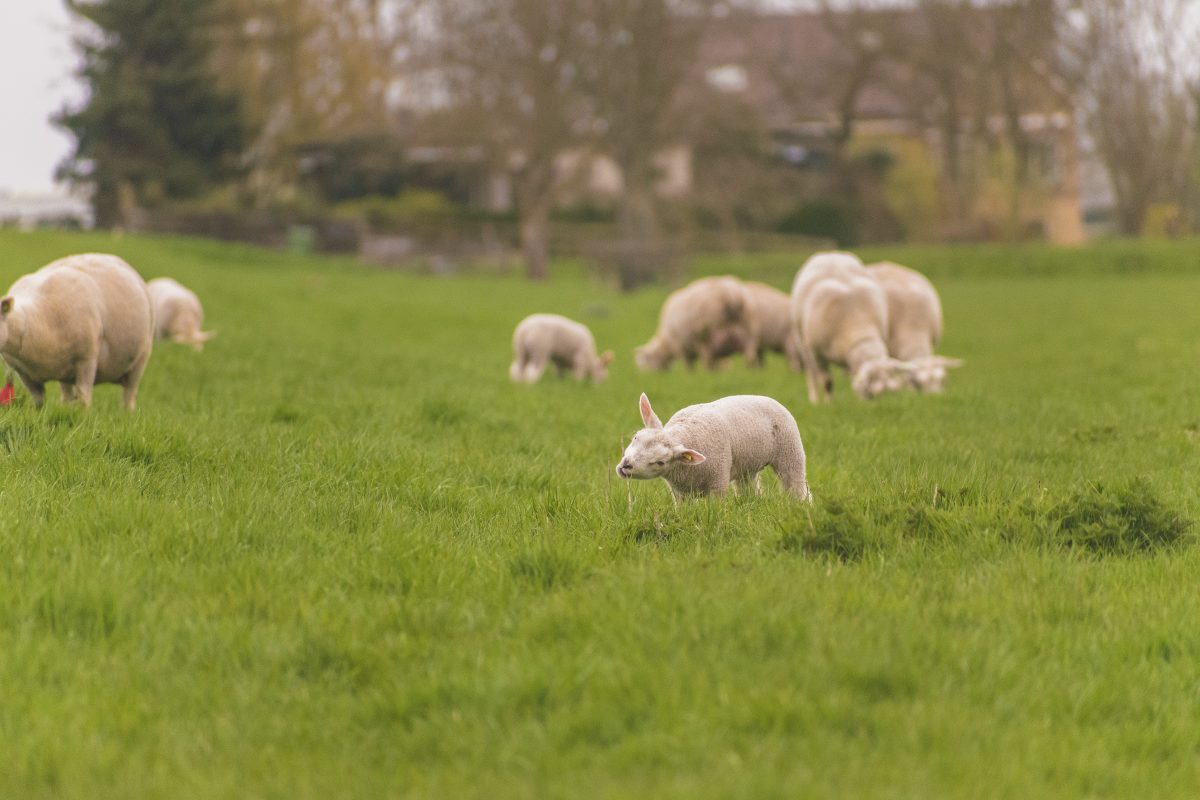Wind Energy: On-grid Power with a Wind Turbine

Supplement Power with a Small-scale Turbine on Your Property
Most of us might envision wind energy as an industrial effort, defined by arrays of massive turbines generating enough power for entire municipalities. But wind energy has been harvested by individual property owners for centuries; think of that low-tech windmill, out on an open plain, pumping water from the ground and into a stock tank.
Steps to Leverage Wind Energy on Your Property
Rural landowners can also utilize single-property windmills in generating power for their homes and barns. Wind energy can offer a green, self-sufficient option for supplementing on-grid power from a utility company, and can lower utility bills by as much as 50 to 90 percent. Pursuing a small-scale wind-power option, though, requires some research.
First, a landowner should check zoning regulations and property covenants for any regulatory barriers to installing a wind system. A building permit might be required. And, the height of a wind turbine – the hub might be 80 feet off the ground – can prompt objections from neighbors due to views being blocked. (Noise generation from wind turbines generally isn’t an issue, as they don’t produce much sound.)
Next, determine if wind is common enough in your location to make a power-generating windmill feasible. A small wind turbine might require a minimum average annual wind speed of nine miles per hour. A nearby airport can provide data for a rough estimate as to wind speeds in a particular region, but property owners would likely be better served by investing in a wind-measuring system to get accurate reads, specific to the property, on wind frequency and average speeds. (If a property simply doesn’t get enough wind for a turbine system, it’s best to know that up front.) According to the US Department of Energy, the cost of an adequate measuring system might run $600 to $1,200.
Optimal Turbine Placement for Power Production
Select a site location in which a turbine will catch enough wind; a hilltop would be an obvious top candidate. Keep in mind the prevailing wind direction, and site the turbine upwind of any potential barriers, including tall trees and other structures. The DOE recommends that small turbines be 30 feet above anything within 300 feet. Remember that ground space will be needed to raise and lower a wind tower, not just during construction, but also for maintenance. And, ground space will be needed for guy wires to secure the tower.
Wind Turbine Preparation & Installation
Installation will likely include pouring a concrete foundation, erecting the tower, and wiring the system. It’s a process best left to professionals. Turbine dealers should be able to handle both construction and installation, or recommend contractors.

Wind Energy Statistics
According to DOE stats, the typical US home uses 11,000 kilowatt-hours of electricity per year. A turbine rated for 5 to 15 kilowatts is needed to “contribute to” this demand; that wording is important, as a wind turbine might not meet a home’s full electricity need, meaning a connection to a conventional utility will still be needed.
And, wind systems aren’t cheap, averaging close to $6,000 per rated kilowatt.
Wind Turbine Maintenance
As for maintenance, a tower owner will need to plan on keeping bolts and connections tight, checking for corrosion, and maintaining guy wire tension. Turbine blades may need replacement as often as every 10 years, but a well-maintained system can last a good two decades.





